All about watering cucumbers
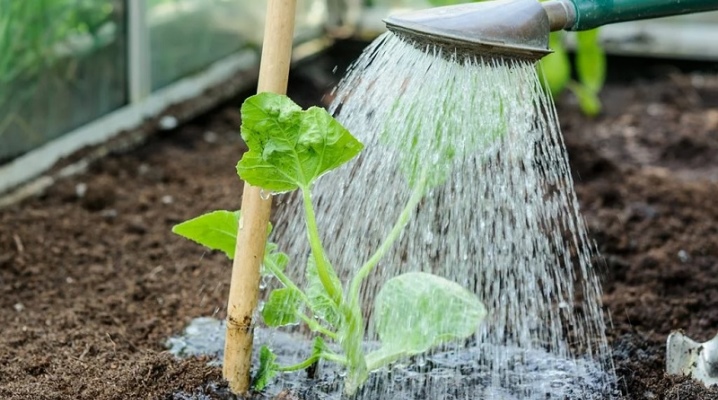
The yield of this plant largely depends on how well the watering of cucumbers is organized. A moisture-loving culture can shed ovaries when there is a lack of moisture, and rot when there is an excess of it. A detailed story about how often and when you need to water cucumbers in the open field, about organizing auto-humidification through plastic bottles will help you figure it out.


The need for cucumbers in water
Among garden crops, it is cucumbers that can be called the main consumers of moisture. This crop needs regular watering, but does not tolerate excessive accumulation of water at the roots. An improperly structured moisture application pattern can lead to the fact that the soil at the base of the stems is compacted. Air will flow worse to the roots, the neck will begin to rot, conditions will appear for the development and spread of fungal diseases.
Lack of moisture leads to other consequences. In this case, the shoots of the plant turn yellow, dry and wither. The roots do not provide sufficient nutrients to the shoots. At the fruiting stage, the lack of water leads to the fact that the cucumbers begin to deform, acquire a bitter taste.
The soil under this plant should always be slightly moist and loose.
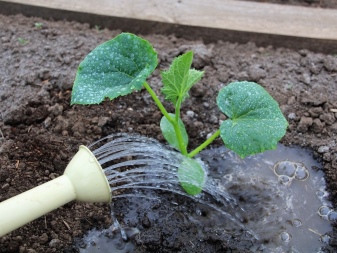
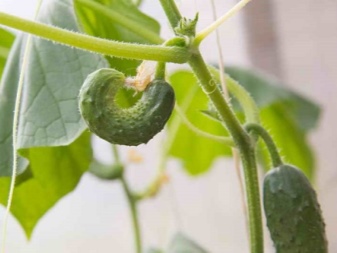
What should be the water?
It is necessary to understand whether it is possible to water cucumbers with cold water from a well before transferring plants to open ground or to a greenhouse. Experienced vegetable growers know that it is impossible to overcool the roots, too low temperature leads to the fact that plants develop much worse. Normally, you need to water cucumbers with warm water. The average temperature indicators of the irrigation liquid should not be lower than +20 degrees. It is desirable that the water is heated in the sun, and its source is rain or well moisture.
With prolonged periods of temperature rise, watering becomes more frequent. The soil heated to + 30-35 degrees must be cooled to avoid wilting of leaves, slowing down the development of plants. During this period, moisture is introduced only at the root, in the morning and evening hours. Its temperature is kept within + 15-18 degrees Celsius.
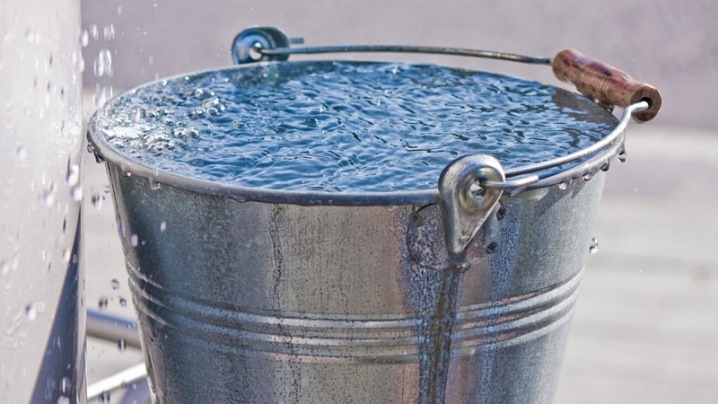
Frequency and time of day for watering
A properly structured watering regime is very important for cucumbers. Determine how often you need to add water (every day or once a week, in the evening or in the morning), it is possible only taking into account all the factors accompanying the cultivation of the plant. For open ground, a greenhouse and containers, their own schedule is built, especially in the heat or during a cold snap. In addition, there are recommendations on how best to organize watering for cucumbers immediately after planting, during flowering and fruiting.
In hot weather, even the most unpretentious varieties require increased attention - in this case, it is worth considering the possibility of organizing this process in automatic mode.
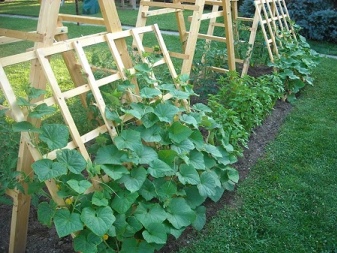

In the open field
Growing cucumbers without additional shelter is a good solution if climatic conditions do not imply a significant decrease in nighttime atmospheric temperatures. After the seedlings or seedlings are transferred to their permanent placement, they are moistened as needed using a watering can. Normally, watering is required no more than 1 time in 5 days, based on the calculation of a water consumption of 8-9 l / m2. This mode is considered optimal until the cucumbers begin to bloom.
In the future, recommendations for organizing watering in the open field will be different.
- During the formation of ovaries. At this stage, water is applied in a volume of up to 25 l / m2 at intervals of every 3 days. This will eliminate the appearance of a bitter taste in the fruit.
- In hot weather to humidify the air, containers filled with water are placed in the aisles.
- After heavy rainfall or prolonged rainfall, watering is not performed. You need to wait until the soil dries out.
- Towards the end of fruiting. In August, the frequency of watering is returned to the previous rates. During this period, excessive moisture in the soil leads to the fact that the plant develops root rot.
When placing a ridge with cucumbers near a wall or fence, it is worth more carefully monitoring its condition. The soil here will lose moisture faster than on the other beds on the site.

On the balcony
When growing cucumbers at home, not only seedlings are kept on a windowsill or a glazed balcony, but also adult bushes belonging to shade-tolerant species. Self-pollinated varieties and hybrids, early maturing, drought-resistant, are chosen for planting. At the seedling stage, watering is carried out daily, the water should be at room temperature. When using artificial lighting, this procedure is performed twice a day, in the morning and in the evening.
It is important in parallel with this to monitor the condition of the drainage hole in the container. If excess moisture is observed to drain, reduce the frequency or amount of watering. This regime is maintained until the transfer of plants to open ground or a greenhouse. It is worth paying attention to the fact that, while continuing to grow cucumbers on the balcony, they will also have to ensure regular watering. It is enough to add moisture 1 time in 3 days, under the bush at least 2 liters of water. In the heat, it is recommended to carry out additional evening spraying of the leaves from a spray bottle.
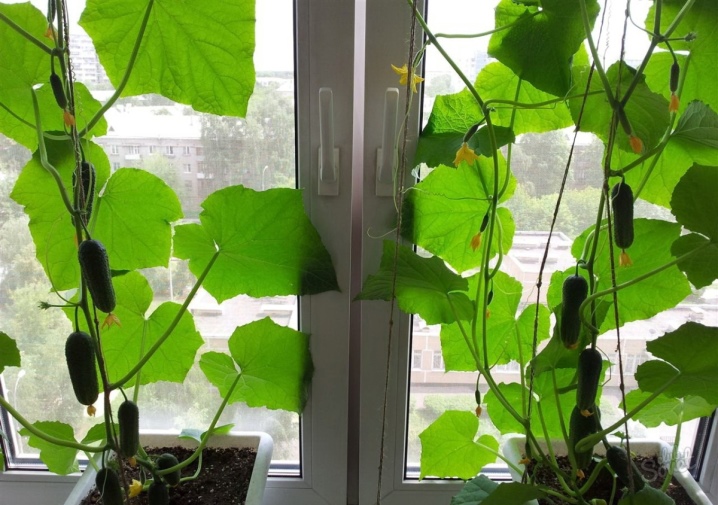
In the greenhouse
Cultivation of cucumbers under a film or under covering material is practiced in most regions of Russia. Difficult climatic conditions simply do not allow planting plants in open ground. The watering regime should be observed in such conditions.
- In the period immediately after planting the plants moisturize as the soil in the greenhouse dries up. Enough 4-5 liters of water per 1 m2 for each ridge.
- At the flowering stage the frequency of moisture introduction is increased. Watering is done every 2-3 days.
- At the fruiting stage, the pattern changes again. Water is added every other day, 10 liters for each 1 m2 of area.
- On hot days, evening sprinkling of the shoots is additionally performed. Water consumption reaches 3 l / m2. You need to carry out the procedure after sunset.
During rainy periods, moisture does not enter a closed greenhouse. Cucumbers need regular moisture, taking into account the condition of the soil. Here you should look not at the vegetation stage, but at the real dryness of the soil in the area around the roots.

Accounting for the growth period
At different stages of development, cucumbers need a certain amount of moisture in the soil. At the stage of green mass gain, the shoots are more sensitive to fertilization. During the growing season, they need more abundant watering. The increase in the amount of moisture reaches 2-2.5 times. As for the choice of time of day for watering, the best period is considered to be in the early morning or late evening hours. In this case, the first rays of the sun should not evaporate the water, leaving burns on the leaves.
Evening watering time is also calculated individually. It is important that the sun has already set, but the air is still warm enough. In this case, the plants will not lose moisture entering the soil. Watering in the evening can be done by sprinkling or root irrigation.
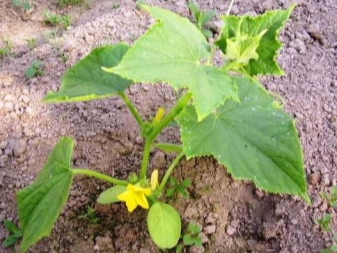

Irrigation methods
Watering cucumbers correctly can also be done in different ways. The most effective methods are considered to provide a gradual flow of water to the roots, at regular intervals. This approach allows you to supply plants with moisture, avoiding overflow, root rot. The most popular soil irrigation methods deserve special attention.
Drip irrigation
You can implement drip irrigation in the beds or in greenhouses where cucumbers are grown through plastic bottles. Empty water containers from 1.5 to 5 liters each act as a reservoir. It is possible to organize the flow of moisture from it directly to the roots of the plant by acting according to a certain scheme.
- Preparation of consumables. You will need an empty and clean pen refill and a plastic bottle with a capacity of up to 2 liters.
- Making a dropper. It is created from a ballpoint pen rod. One of its edges is drowned out by an inserted fragment of a match or toothpick. Having stepped back 3-5 mm from this part, you need to make a hole in the plastic tube with a red-hot needle. The diameter should not exceed 1/2 of the section of the bar itself.
- Reservoir manufacturing. The plastic bottle is sealed with a lid. The bottom part is cut off from it, without separating it to the end. Just above the transition from the neck to the cylinder shape, a hole is made in the bottle body along the diameter of the rod.
- System installation. The irrigation structure is tightly immersed in the ground with a neck, a rod is inserted into the hole, and is diverted to the root area of the cucumber bush. Water is poured into the reservoir, periodically its reserves are replenished.
This is just one of the methods by which you can organize the watering process. You can do without a dropper at all if you dig the bottle into the soil with the bottom, having previously made holes in the sidewall in several rows. In this case, the filling of the moisture reserve is carried out using the neck.
A hanging dripper will help to organize watering when lifting the lashes above the ground. It is mounted on a support, and holes (3 to 5) are made in the lid. The bottom is cut off from 3 sides, creating a protection against the ingress of dirt. All that remains is to hang the bottle upside down, as close as possible to the roots of the plant, and then fill it with water. The less frequently the water supply is replenished, the more massive the reservoir should be used. At the summer cottage, where you manage to come once a week, you can install 5 liter bottles.

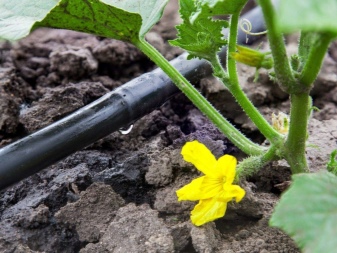
Sprinkling
Watering in this way is carried out from above, along the leaves, and not at the root. Sprinkling is used for cucumbers exclusively in hot weather, in the evening. It is important that the plants after such watering are not exposed to direct sunlight, otherwise burns on the leaves cannot be avoided. For sprinkling, pressure systems with special spreaders or a watering can with small holes in the tip are used. The standard water consumption rate is about 5 l / m2.
Sprinkler irrigation is done in order to make up for the loss of moisture by the plants during the day. In extreme heat, it evaporates from the stems and leaves, they wither, the fruits do not receive sufficient nutrition for growth and development.
Sprinkling should resemble natural precipitation in intensity. During the flowering period, it helps to prevent shedding of cucumber ovaries.
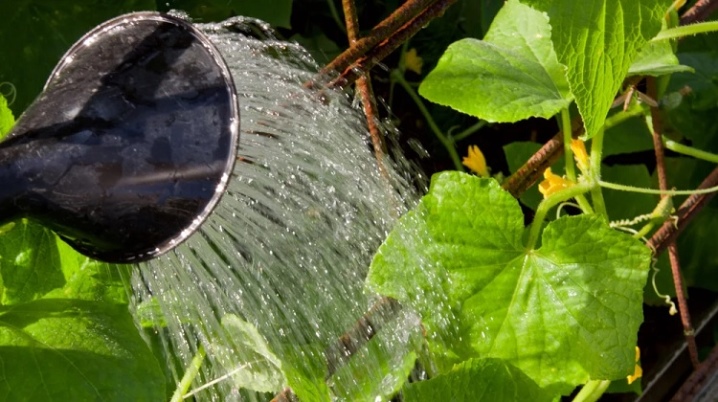
Direct jet
When growing cucumbers in the open field, watering them is easiest to organize from a hose or from a watering can with a divider removed. Water is applied at the root, but not directly. In the ridge, 2 parallel grooves are made along the entire length. 5-8 cm groove is enough. Watering is carried out as follows:
- the spout of the watering can tilts towards the ground;
- warm water is distributed in the grooves;
- moisture is completely absorbed;
- the soil is loosened, closing the previously formed grooves.
Direct watering from a hose connected to a well or borehole is not recommended. The water will be too cold and this can damage the roots. When using a submersible pump, this irrigation method can be implemented from a barrel, in which the water heats up and settles for some time. In this case, the hose tip is directed to the root area. The method is not very convenient for rationing watering, but it is quite suitable for moisturizing during periods of severe drought.
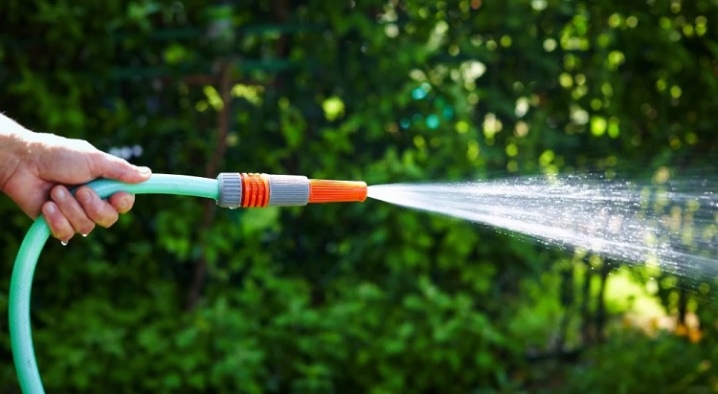
When should you stop watering?
The timing of watering plants should be selected taking into account the individual needs of each species. In cucumbers, they end at the moment when the average air temperature during the day drops to +15 degrees Celsius. In cool weather, any moisture supply to the roots easily leads to decay of the neck. You can avoid this by stopping watering. It is believed that most plants need to be removed from moisture prior to freezing. But it is much more important in this case to monitor the general condition of the lashes. Since the plant is not perennial, at the end of the season it is simply removed from the garden without loss. With long-term preservation of warm weather, you can wait for the second wave of fruiting.
In case of extreme heat, the plants are irrigated by sprinkling. But if signs of powdery mildew or other fungal disease appear on the leaves at the same time, the procedure will have to be stopped. In this case, watering by this method cannot be carried out. We will have to switch to drip irrigation, providing minimal risks for waterlogging the roots.
In cold weather, during the period of fruiting or flowering, watering should not be stopped. It is carried out with water heated to +55 degrees, only in dry, cloudy periods. Water is applied strictly to the root area.

Recommendations
Watering cucumbers must take many factors into account. Knowledge of some subtleties will help to organize it correctly.
- Choosing the right water. The best source for watering is rain moisture. It has sufficient softness, not oversaturated with calcified deposits. Such moisture will ensure the preservation of the natural balance of minerals in the soil.
- Maintaining optimal temperature. Too cold water is especially dangerous during the period of flowering cucumbers and the formation of ovaries. The wrong choice of moisture for watering will lead to the fact that fruiting will not be able to wait on time. The flowers will just fall off.
- Refusal of waterlogging. Excess moisture provokes the development of fungal diseases. The more irrigation norms are violated, the higher the risks that the immune defense of cucumbers will be reduced. Timely loosening of the surface layer of the soil will help to avoid stagnation.
- Taking into account the type of soil. Sandy passes water too quickly. Such a soil requires more frequent moistening. The clayey composition of the soil contributes to the stagnation of water. It is better to wait here until the top layer is dry enough.
Considering all these tips, it is possible to provide the grown cucumbers with high yields, to reduce the risks of developing dangerous diseases in them.

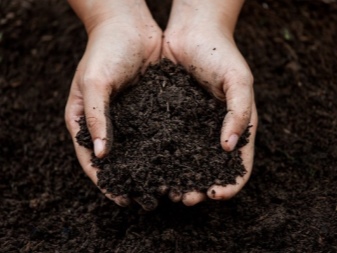
For information on how to properly water cucumbers, see below.













The comment was sent successfully.